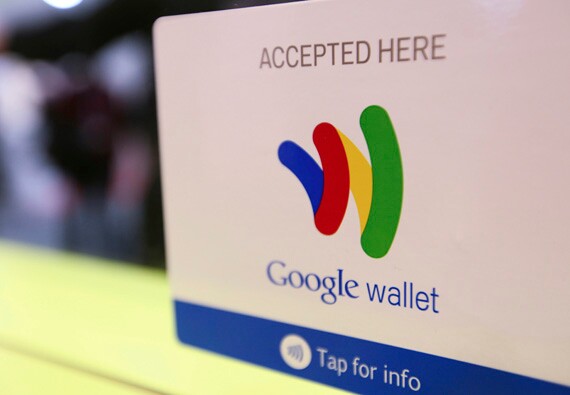

In the Beginning

Going Online

Softcard Makes Its Move

Wallets at War

Google Adds More Banks

Google Prepaid Goes Away

Softcard's Shaky Launch

Google's New Guts

Google Goes Plastic

Softcard Stats

Identity Crisis

The Apple Effect

Softcard's Hail Mary

Beginning of the End






